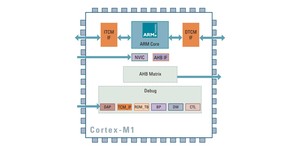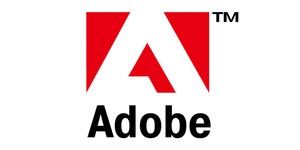
Cambridge-based, Japanese-owned Arm has announced the latest revision of its Armv8 architecture, dubbed Armv8.1-M, which brings machine learning and signal processing acceleration to low-power edge devices.
While Arm enjoys a comfortable majority of the low-power and embedded processing market, the company is under increasing pressure from more open competitors including RISC-V and, more recently, MIPS Open. Its latest attempt to retain its market position: a revised Armv8 architecture which adds what the company is calling Helium, or the M-Profile Vector Extension (MVE), for a major boost in deep-learning and signal-processing workload performance.
Interest in machine intelligence is growing, but it comes with a cost: Doing deep-learning computations locally is computationally expensive, leaving most implementations to shuffle raw data off to remote servers and wait for the response. Arm's Helium, the company claims, makes it possible to do more of this processing at the edge, even on low-power embedded devices, by adding extensions which promise a 15-fold boost in machine learning performance and a fivefold increase in signal processing performance compared to the current-generation Arm Cortex-M processor family.
'For the most constrained embedded systems where energy efficiency is prioritised, historically the solution has been coupling a Cortex processor with a DSP [Digital Signal Processor] in SoCs [Systems on Chips], which adds complexity to both hardware and software design,' explains Rhonda Dirvin, senior director for Arm's automotive and Internet of Things (IoT) business. 'As we look to incorporate more ML capabilities on to these devices, several existing SoC development challenges are intensified and require a higher level of expertise in utilising different toolchains, programming, debugging and working with complex proprietary security solutions.
'Armv8.1-M with Helium eliminates these challenges by delivering real-time control code, ML and DSP execution without compromising efficiency. In turn, millions of software developers will be able to securely scale intelligent applications that take advantage of DSP capabilities across a wider range of devices, enabling enhanced support for emerging applications across three key categories; vibration and motion, voice and sound, and vision and image processing. This will improve the user experience in future devices such as sensor hubs, wearables, audio devices and industrial applications powered by next-generation SoCs based on Cortex-M with Helium technology.'
It'll be a little while before Helium hits shop shelves, however: Arm has indicated that while a development tool chain and models for Armv8.1-M are available now, silicon implementations are being targeted 'within the next two years'. The company has, however, shared more details in a white paper.

MSI MPG Velox 100R Chassis Review
October 14 2021 | 15:04








Want to comment? Please log in.